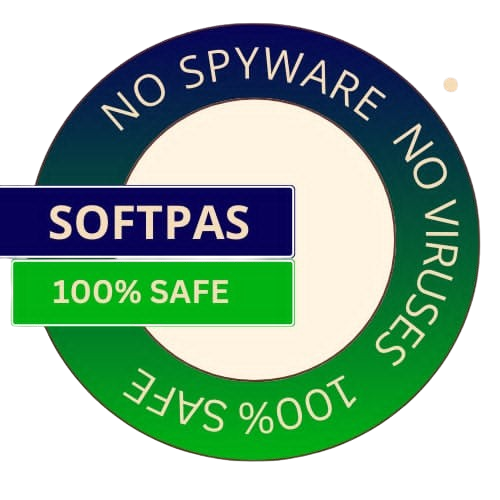What is Android NDK FOR LINUX?
Android NDK
Android NDK is a handy tool that works alongside the Android SDK. It helps developers create parts of their apps using native code. Before you get started with the NDK, make sure you've installed the Android 1.5 SDK first!
What Does the Android NDK Do?
The Android NDK gives developers tools to add components to their Android apps that use native code. This can be super useful for certain types of applications.
Run Apps Faster with Native Code
So, here’s the deal: Android apps usually run in something called the Dalvik virtual machine. But with the NDK, developers can write parts of their app in languages like C and C++. This might help speed things up or let them reuse some existing code.
The Cool Features of the NDK
- A set of tools and build files to generate native code libraries from C and C++ sources.
- A way to embed those native libraries into .apk files so they can be used on Android devices.
- A collection of native system headers and libraries that will work in all future versions of Android starting from version 1.5.
- Documentation, samples, and tutorials to help you get started!
Supported Features
This version of the NDK supports ARMv5TE machine instructions and offers stable headers for libc (the C library), libm (the Math library), JNI interface, and more.
When Should You Use It?
The NDK isn’t for every app out there. As a developer, you’ll need to weigh its pros and cons. Using native code doesn’t automatically mean better performance; it can actually make things more complex! Good candidates for using the NDK are tasks that need intense CPU power but don’t use up too much memory—like physics simulations or signal processing.
A Quick Reminder
Just a heads up: The NDK won’t let you create applications that are only built using native code. Remember, Android's main runtime is still based on the Dalvik virtual machine!
If you're ready to dive into it, check out this link for more details: Download Android NDK.
How Download Works
Go to the Softpas website, press the 'Downloads' button, and pick the app you want to download and install—easy and fast!

